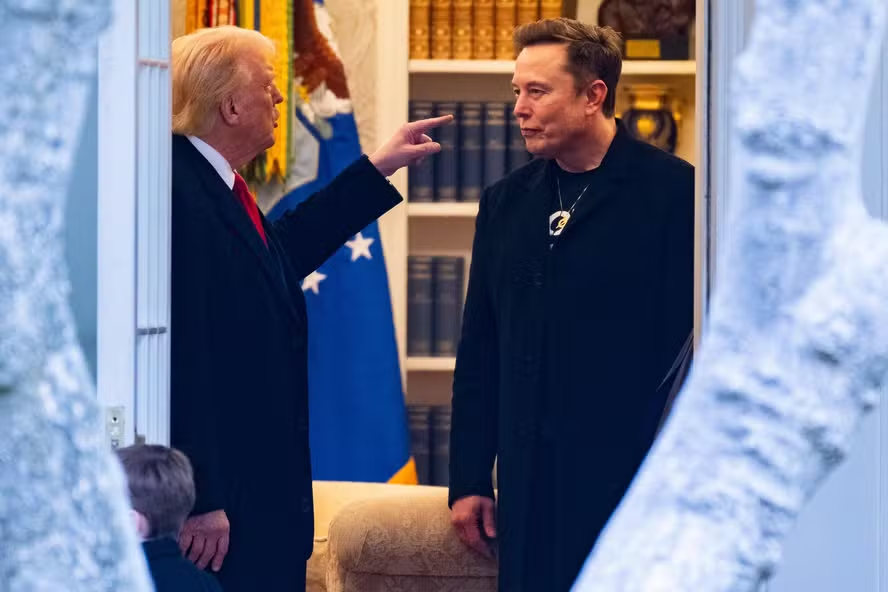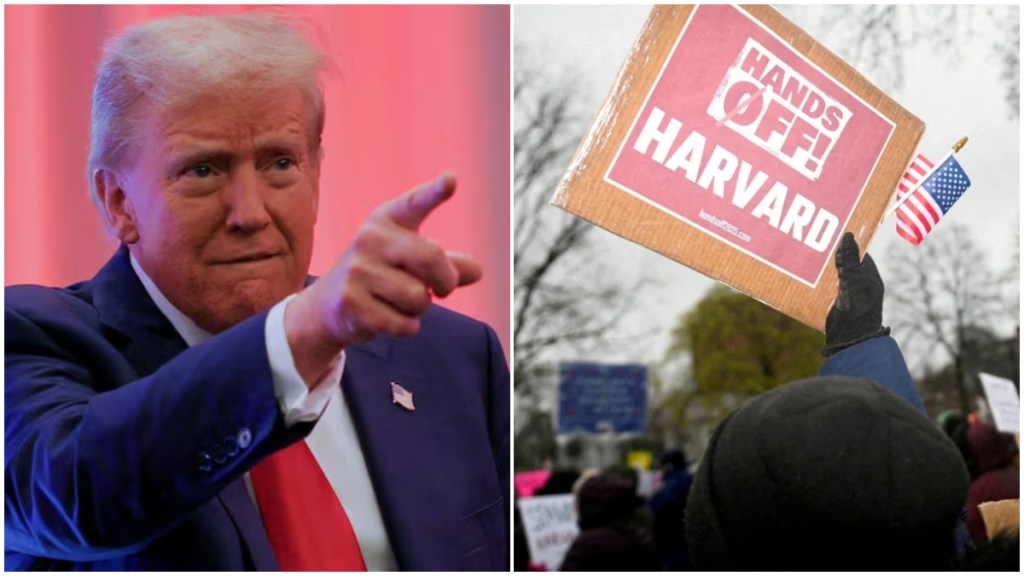In February 2022, Russia invaded Ukraine. What many thought unlikely has happened and as is the case with many ongoing conflicts, predictions have been proved less than accured. The war not only began but didn’t end quickly, as some believed it would. It has been dragging on for more than two years now and involves the world’s biggest nuclear arsenal: Russia.
Although it is improbable that nuclear weapons are used in the current conflict, the fact that they exist and that they are a part of the Kremlin’s rhetoric leaves no alternative other than to think that they could be used and that the consequences would be tremendous. Even if only non-strategic (tactical) nuclear weapons are used, the idea that the tradition of non-use of such weapons would be debunked after almost 80 years is appalling. Also, since Ukraine does not possess nuclear weapons, this would put the West (NATO) at a crossroads. Continuing to help Ukraine would mean that they are willing to risk a nuclear war and stopping this help would mean that Putin could get what he wants by wavering the nuclear wand.
But again, there are more likely scenarios. It is far more credible that the main objective of Putin’s rhetoric is to avoid such an escalation of the war. In this sense, nuclear weapons serve as an instrument of coercion – or compellence to use Schelling’s vocabulary. Therefore, if we assume that what the Kremlin truly wants is to end the war on their terms, we can also infer that the threat of using non-strategic nuclear weapons in Ukraine is a means of achieving that objective.
Limits of Nuclear Coercion
However, as many authors have pointed out, nuclear coercion is hard. It could be argued that so far it hasn’t worked. For instance, from the beginning of the conflict in Ukraine, Putin decided to put his nuclear arsenal on high alert. The fact that the biggest nuclear arsenal in the world has increased its combat readiness didn’t sway the West from the decision to aid Ukraine militarily and to increase that aid progressively. Despite that, it could be argued, as Brands (2023) does, that Russia’s nuclear arsenal has prevented a direct involvement (with troops on the ground) of NATO in Ukraine. For him, it’s the possession of nuclear weapons by Russia that most strongly constrains American actions in the conflict.
Last year, Putin decided to deploy nuclear weapons to Belarus, and more recently to conduct nuclear drills with its neighbor. The determination to put non-strategic nuclear weapons in Belarus, alongside the Iskander-M launcher with dual-use capabilities did not prevent NATO and the US from authorizing F-16 jets and pilot training for Ukraine.
Russian Iskander-M missile launchers supplied to Belarus. Souce: FAS.
More recently, the US president Joe Biden, publicly permitted Ukraine to use American munitions to attack Russia. “Over the past few weeks, Ukraine came to us and asked for the authorization to use weapons that were provided to defend against this aggression” near Kharkiv, “including against Russian forces that are massing on the Russian side of the border,” Antony Blinken, US Secretary of State said at a news conference in Prague, informs the CNN. This represents a shift from the beginning of the conflict when the weapons were supposed to be used solely for defense purposes and it could be read as an escalation from a Russian point of view. The stakes are progressively higher for both sides of this conflict. And this is not an optimistic scenario for anybody.
Notwithstanding, the voices advocating for nuclear use in Moscow are not as scarce as one might think. For many in Moscow, three-quarters of a century without a major war has cleared people’s minds from the fear of that one might occur it (Karaganov, 2023; 2024; Trenin, 2023). As they point out, fear is a powerful tool and can be used to prevent grave dangers, such as an all-out nuclear war. In this sense, bringing nuclear weapons – even non-strategic ones – back to the table serves the purpose of reminding the world that it could end horrifyingly. Using such weapons in Ukraine, for Karaganov (2023), could achieve the goal of finally making the US back down from Europe (in contrast with the bigger involvement of the country in the continent seen so far), leaving the path clear for Russia to reestablish an equilibrium – a new balance of power perhaps.
Once again, this is not the most probable scenario. Even Putin indicated the lack of need for nuclear weapons. He believes Russia can win in Ukraine without materially resorting to them even though the threat is still swaying over the conflict. Although the possibility of nuclear use in Ukraine is slim, it is important to remind everyone just how delicate the situation regarding nuclear arms control regime is nowadays.
What about Nuclear Arms Control?
There is currently no bilateral nuclear agreement between the world’s two biggest arsenals – Russia and the United States. After the commencement of the invasion of Ukraine, Putin has suspended Russian participation the New START Treaty alleging “hostile Western actions against Russia”. The treaty establishes limitations for the amount of strategic warheads and launchers that could be deployed by both countries and it was the last valid bilateral nuclear arms control deal in place. With the deterioration of relations between these countries increased by the conflict, the prospects of a renegotiation of these deals are slim for the moment. Even before the war, the US had withdrawn from the INF Treaty.
However, these treaties played an important role in supporting the nuclear strategic stability between Russia and the United States and were responsible during the Cold War, from the second half of the 1980s, for a significant reduction of both nuclear arsenals. As Savelyev (2023) points out, strategic nuclear arms control agreements increase the predictability of strategic relations between the parties.
The end of such agreements in a context of renewed strategic competition represents yet another challenge for the so-called nuclear stability considering that there are other nuclear powers at play nowadays. The US has been vocal about its want to include China in future nuclear arms control negotiations, even though the country has a significantly smaller arsenal in comparison to the US and Russia.
The scope of these agreements was nonetheless limited. They didn’t include non-strategic nuclear weapons, for instance. Non-strategic or tactical nuclear weapons are precisely the current threat to Ukraine. For many, such as Tannenwald (2022), any nuclear use would be catastrophic and could set a precedent that would undermine the long-lasting tradition of non-use of nuclear weapons. Although the difference between strategic and non-strategic nuclear weapons may not be clear for many, the latter are generally understood as smaller, more precise, with lower yield and less nuclear spread fallout.
What about non-strategic Nuclear Weapons?
In the current conflict in Ukraine, it is exactly because these weapons are smaller that the threat of using them is more credible. On top of that, modern nuclear weapons can have a large variety of yields. Whilst a larger bomb can be more effective for deterrence, that is, to avoid aggression; smaller bombs can be more useful for coercion, making others believe that a decision-maker, such as Putin, would be more willing to use them due to their lessened effects. It is far more believable that Russia would risk escalating the war than that it wants to completely destroy Ukraine and alienate possible friends and foes during this process, which would of course happen if a strategic nuclear weapon was used in Ukraine.
But even ‘non-strategic’ nuclear weapons are a part of the Russian Nuclear Strategy. After a recent attack from Ukraine in Crimea (Russia considers part of its territory, while Ukraine and a greater part of the international community understand it as a legitimate part of Ukraine occupied by Russia) that killed six people, Russia blamed the US for being the weapons provider. The Russian president indicated that the use of American weapons in Russian territory wouldn’t be left without consequences, according to Sky News. Furthermore, Putin announced that he is thinking of updating the Russian Nuclear Doctrine.
“In particular, explosive nuclear devices of extremely low power are being developed. And we know that there are ideas floating around in expert circles in the West that such means of destruction could be used,” claimed the president of the Russian Federation.
Once more, that nuclear weapons could be used is a given. This does not mean that they will. Nor that the West should completely discard the possibility. As happened with other fields in Social and Political Sciences, Nuclear Strategy has been mainly comprehended from a rational point of view, that is, nobody would be so mad that they would risk a thermonuclear war. From this idea, we derive the concept of MAD (Mutual Assured Destruction), which is still in place. However, to better understand rationality, we must bear in mind the preferences of each actor. In this case, the preferences of Russia, Ukraine, and the West.
First and foremost, Ukraine matters to Russia. Way more than it does to the West. The threat of nuclear use speaks to that importance. The authorization, for the first time, of tactical nuclear drills with Belarus amidst the conflict, for instance. This means that Russia is far more willing to go to great lengths to achieve its objective, a resolve that the West so far has been willing to test.
Sources
https://www.scientificamerican.com/article/limited-tactical-nuclear-weapons-would-be-catastrophic
https://news.sky.com/story/russia-updating-its-nuclear-doctrine-amid-current-realities-13158091
https://www.bbc.com/news/articles/c6pppr719rlo
https://www.reuters.com/world/europe/putins-nuclear-warnings-since-russia-invaded-ukraine-2024-03-13




